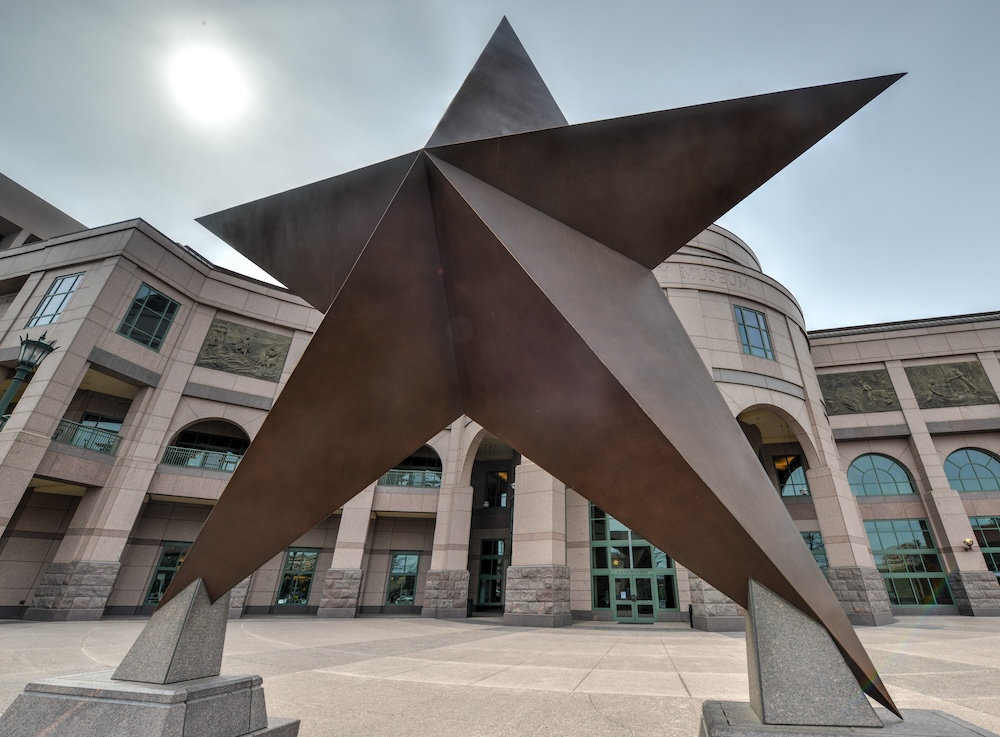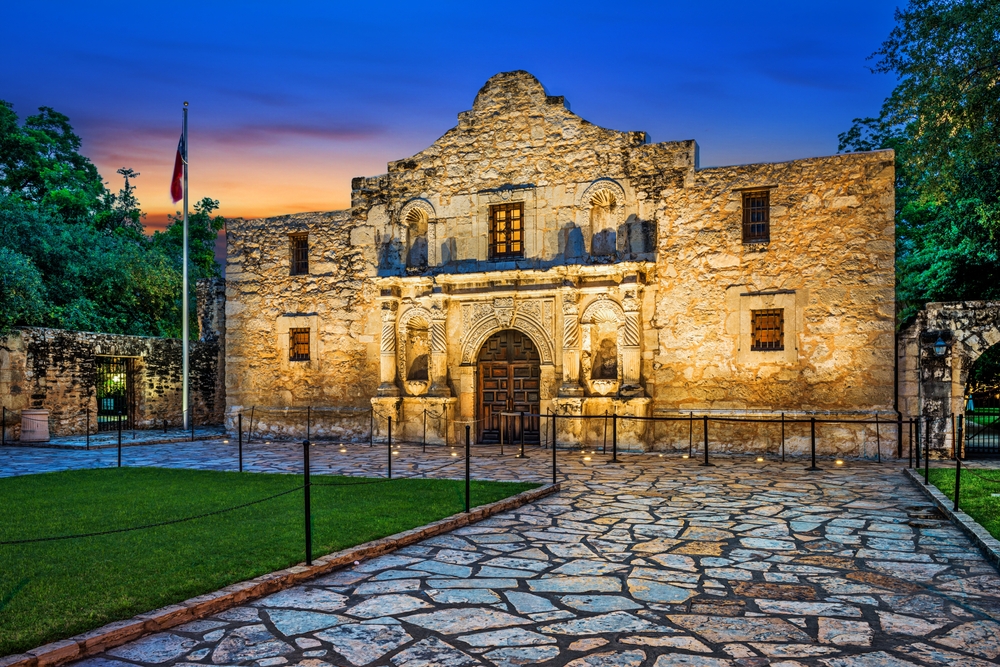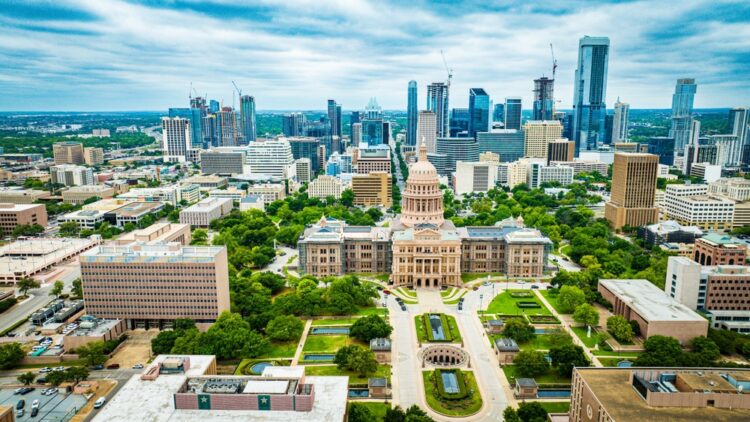After three weeks of exploring Austin, I’m still not used to the car-centric Texan lifestyle.
In my imagination, I’d pictured Austin as an artsy place of bars and restaurants, cinemas, museums and theatres, all within casual strolling distance. Instead, I met sprawling highways that divide the suburbs into isolated clusters of activity. If I set off for a walk here, I suspect the police would arrest me for suspicious behavior. Who knew that visiting the USA would be such a culture shock?
Austin may not be the obvious choice for a holiday, but a Chilean friend had relocated there two months earlier, so I went to keep her company. She loved the place already. Her condominium in the suburbs looks out over thousands of trees, and the city is surrounded by hiking trails following picturesque creeks. Ironically, you need a car to reach the trailheads, but once you’re there, you can walk for miles.
Now with a visitor to entertain, it was time to explore some more. First, we followed the concrete loops downtown, jettisoned the car in a high-rise car park, and finally started to walk. Soon, we spotted a quaint old house advertising itself as a museum. It was the home of Susanna Dickinson, one of a handful of civilians who survived the Battle of the Alamo. Even as a foreigner I’d heard of the Alamo, but I knew nothing about it except the name. It was time for a Texas history lesson.
The guide told us that Texas once belonged to Mexico, sparking a battle for independence. The Alamo was an old Spanish mission station further west near San Antonio, which served as a fortress for Texan soldiers in a fierce battle in 1836. When the Mexicans won, they sent Dickinson to tell American General Sam Houston about the defeat, making her the ‘Messenger of the Alamo’.
Bullock Texas State History Museum is also packed with information about the Alamo, as well as interesting displays about other historic events and modern culture. Did you know that if Texas were to become an independent country, it would be the world’s third-largest oil-producing nation?

For tons more information about the city and the state, Austin Visitor Center is a gem. The staff is eager to dish out maps and useful info, and it’s also the starting point for various tours. We couldn’t resist the daft-sounding Duck Tour, with a bus that turns into a boat, and every passenger is armed with a noisy quacking device. We quacked along the city’s main streets, past elegant old buildings standing defiantly between glass and steel skyscrapers. The most impressive is the Austin State Capitol, a government building dating from 1888, which was designed – in typical brash Texan style – to stand 14 feet higher than the US Capital. There are free guided tours of the interior, and later we join a group to admire its splendid chambers.
Our Duck Tour also drove past the imposing Driskill Hotel and along Sixth Street, full of bars and music venues to support Austin’s claim to be the live music capital of the world. I don’t know if that’s a genuine fact or more Texan swagger, but we did see a man on a bicycle playing the guitar, so that’s a bit of evidence.
On the western side of town, we entered Clarksville, where black slaves once lived on land owned by their governor. When slavery was abolished, the owner gave them some land, and one freed slave, Charles Clark, sold some of his plot to other freemen to start a community of their own.
Next, we reached the Colorado River, where the bus drove straight down a landing strip and hit the water with a big splash and excited quacking from the passengers. We cruised along, admiring the expensive riverside mansions before the driver-captain hauled the boat back onto dry land.
Austin was built around the Colorado River, and its banks are lined with landscaped paths. In the warmer months, Lady Bird Lake is a popular place to relax, or you can cool off in Barton Springs, a pool fed by natural streams in nearby Zilker Park. It’s lovely to see so much greenery in the middle of suburbia.
For a different type of Instagram opportunity, try the Museum of Illusions. Here you can pose for pics that make you look far bigger than your friends, swap your bodies with theirs, or just try to figure out perplexing puzzles and baffling brain teasers.
Another must-see is the Inner Space Cavern, where five miles of natural tunnels and caves lie underneath the highways. They were discovered when a construction crew drilled through 50ft of solid earth into unexpected air. The path inside is easy and well-lit, with a guide explaining the history and pointing out interesting shapes in the stalagmites and stalactites. More adventurous visitors can explore some hidden passages or take a challenging tour that promises you’ll emerge dirty and bedraggled from the underground adventure.
One positive thing about all the highways is that it’s easy to visit some neighboring towns. One of them is Fredericksburg, founded in 1846 by 120 German immigrants. Its center contains about 700 historical buildings, including beautiful Germanic-style shops and houses.
It’s also the heart of the Texas Wine Trail, and we booked a trip with Absolute Charm Wine Tours. We were delighted that Barry, the driver, picked us even though we were his only clients, and he gave us plenty of time in the three tasting rooms he’d selected. With more than 70 wineries to choose from, it was great to have someone else make the choices as well as drive the vehicle.
As a South African living in Chile – both wine-producing countries – I’m used to vineyards where grapes are grown and wines are produced on site. So it was strange driving around Fredericksburg and not seeing enormous fields of vines. It’s simple, the professionals explained. Grapes grow better on the high plains further north, where land is also cheaper, so the wines are produced there and sent to Fredericksburg to meet the tourists.
Another major attraction that’s two hours from Austin is San Antonio, built around the meandering San Antonio River. A promenade lined with cafes and art galleries follows the pretty river while a fleet of boats offers sightseeing tours. We hopped on board to admire the elegant buildings and shady waterways from the best angle. “If you fall out, don’t panic,” our guide reassured us. “Just stand up and wade out. It’s only about 4ft deep!”

The other unmissable sight here is The Alamo itself. It’s a large site that was under siege for 13 days before the Mexicans breached the walls and forced the army to fight inside the church. But the war wasn’t over when the Texans were defeated. General Houston received the message from Susanna Dickinson, and went on to rally more troops and defeat the Mexicans a few weeks later in the Battle of San Jacinto. Their batttlecry of “Remember the Alamo” is a saying that went down in history. Decades later in Austin, I finally learned the story.


